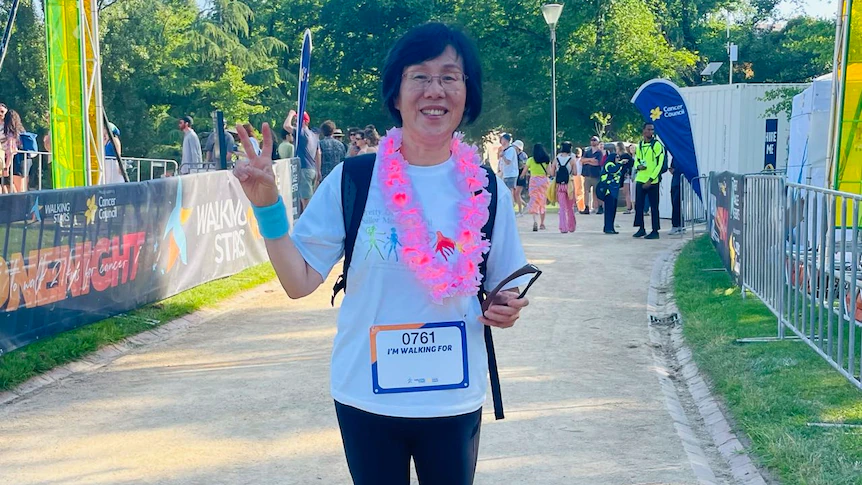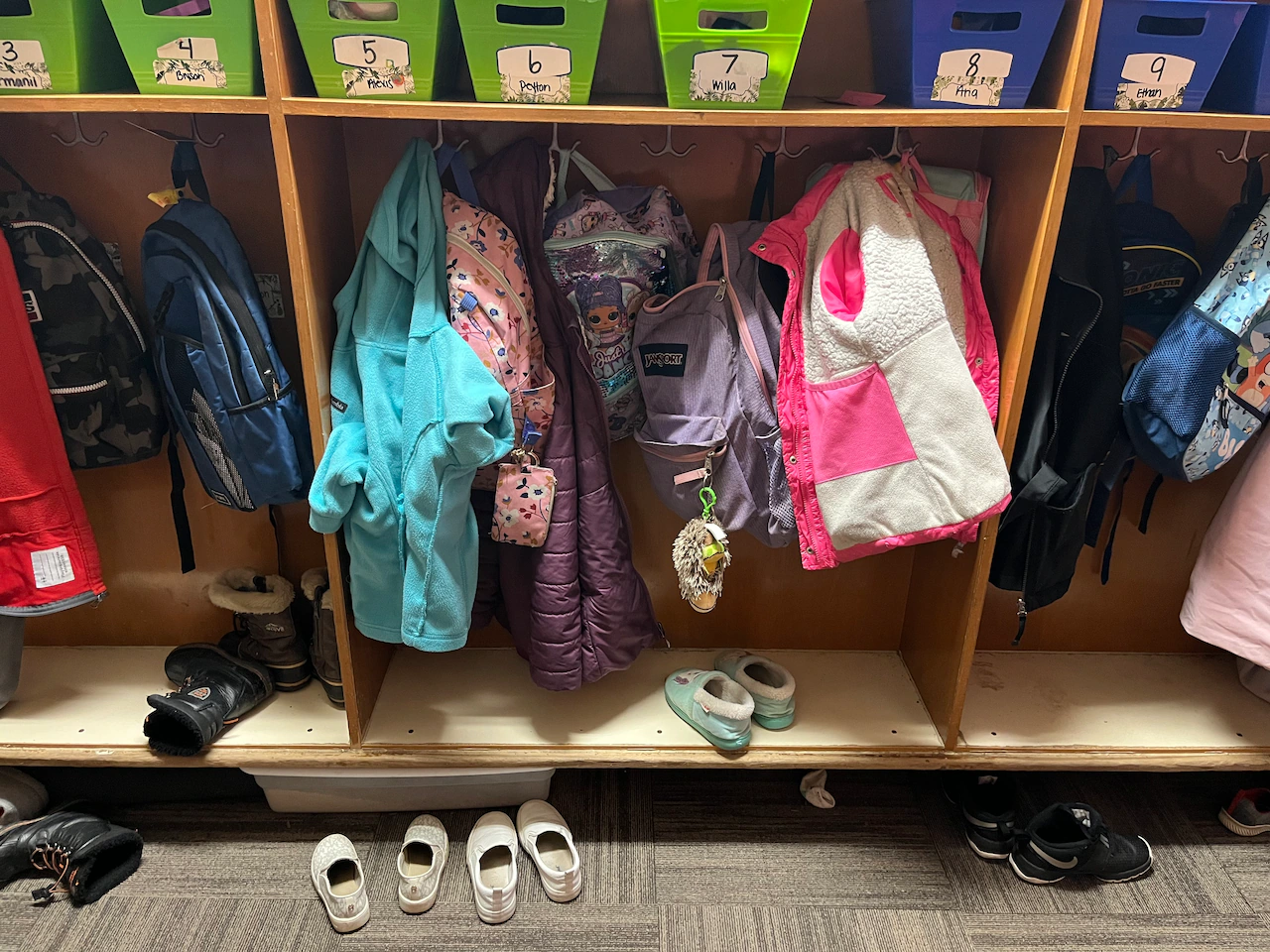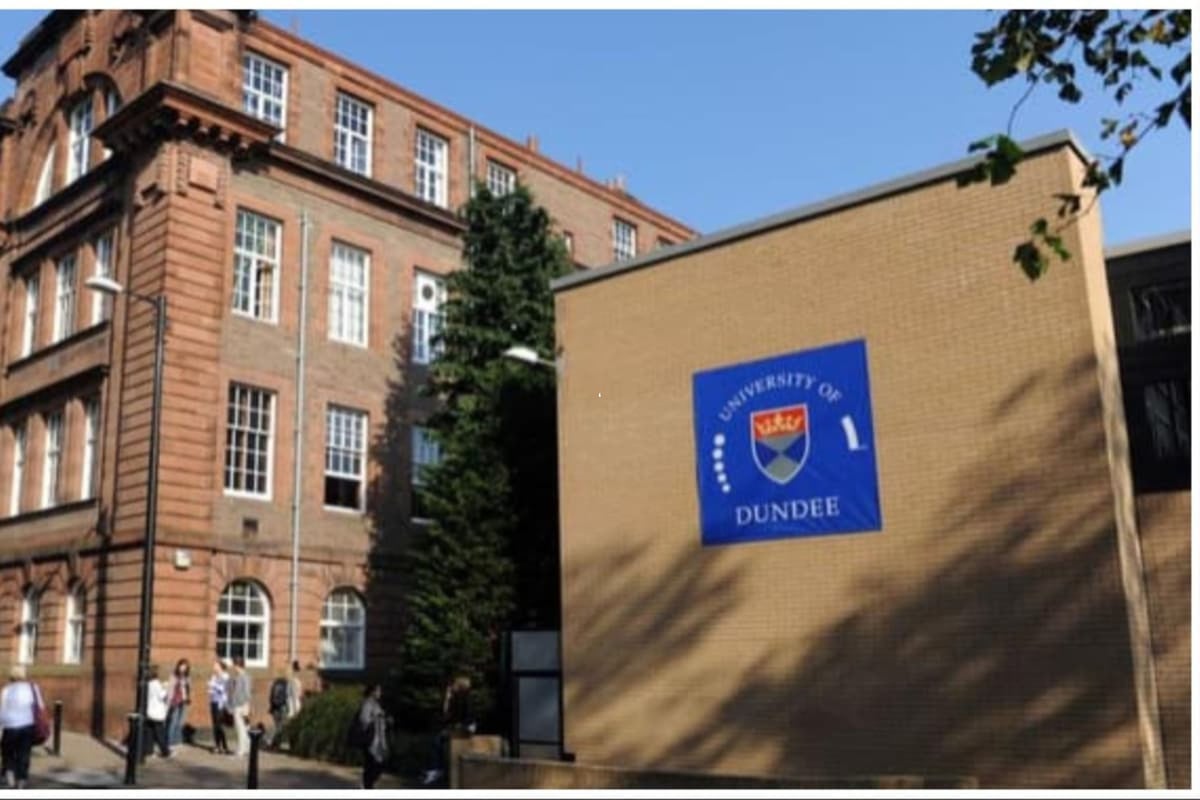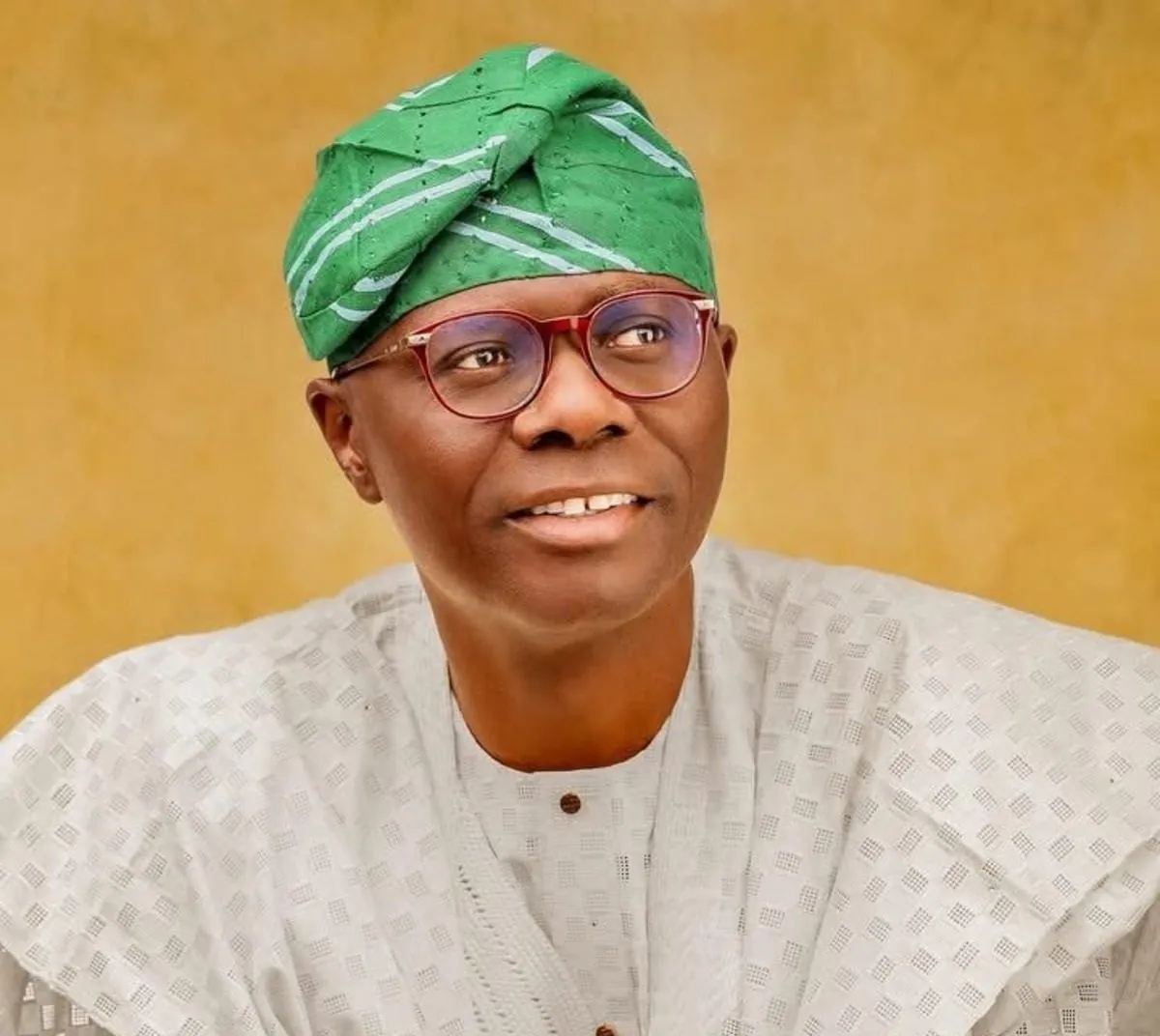Copyright abc

When Melbourne resident Xie Min was diagnosed with breast cancer in her forties, she felt stunned. She was surprised to have developed cancer at what she thought was a relatively young age. "My heart sank," she said. "How should I proceed with treatment? What would the outcome be? My mind was in turmoil." After an unsuccessful lumpectomy, Ms Xie had a full mastectomy. "Because it [the cancer] was early stage, I didn't need radiotherapy or chemotherapy, and I recovered very well after the operation," she said. Nearly two decades later, Ms Xie urged younger women — particularly those from Chinese backgrounds — to take part in breast screening. Doctors suggest 3D mammograms Australian oncologist Stephen Birrell said ethnic Chinese women tended to develop breast cancer earlier than other Australians. “They get it at a young[er] age than in the West," he said. Melbourne-based breast and endocrine surgeon Suat Li Ng, who mostly treats patients of Chinese descent, echoed Dr Birrell's observations. She said among the general population women in their 50s were more likely to be diagnosed with breast cancer. "My patient demographics, where breast cancer is diagnosed, are usually in the 30s and 40s," said Dr Ng. Dr Ng and Dr Birrell's observations are backed by research conducted in China and Australia. A paper looking at breast cancer in women treated at Eastern Health in Victoria in 2020 found that Australian Chinese women diagnosed with breast cancer were on average about six years younger than the comparison group. A summary of the paper by the Royal Australasian College of Surgeons said possible reasons for the differences found could include diet and lifestyle, as well as body mass index (BMI). The authors recommended Chinese patients be offered screening programmes earlier to allow for earlier diagnosis and therefore improve outcomes. "Language barriers should also be addressed, as well as improving knowledge around breast cancer with these patients and how they view treatment," the summary said. Dr Ng added that Asian women tended to have denser breast tissue and so were recommended to have 3D or contrast mammograms and ultrasounds. "With the denser breast women, the standard 2D mammogram that we do with breast screening generally can't see through the density," she said. "Hence you might miss cancers." 'Good to address barriers' Despite having an increased likelihood of developing breast cancer at a younger age, women from Chinese backgrounds face a range of barriers to getting screened. According to BreastScreen Victoria, culturally and linguistically diverse (CALD) women generally are less likely to participate in breast cancer screening. The figures from July 2022 to June 2024 found 38.9 per cent of Victorians from CALD backgrounds participated in breast cancer screening, less than the state average of 51.9 per cent in same period. Chinese Cancer and Chronic Illness Society of Victoria (CCCIS) president Dorothy Yiu said Chinese women may be reluctant to get a breast screen for several reasons. These included language barriers, not understanding the benefits, or being embarrassed, Ms Yiu said. "It's good to address these barriers and focus on the benefits of screening," Ms Yiu said. "Education is the best strategy to inform Chinese women about early detection of breast cancer." She said that last year, 50 to 60 breast cancer patients were under the care of CCCIS, with a significant proportion of members having been diagnosed following mammograms. A study of Chinese Australian women by the University of Sydney in 2022 found the most common barrier to mammography was if women felt that doctors did not recommend it to them. "GPs [general practitioners] are essential for encouraging women to have a CBE [clinical breast exam], especially those who are not yet invited to mammography screening," the study's authors said. Demand for CALD services grows In New South Wales, CanRevive president Eric Yeung also observed a reluctance towards breast cancer screening among Chinese women. CanRevive is a support organisation dedicated to Chinese-speaking cancer patients and their families. "Younger women often think they're too young for breast cancer and focus on work or family instead," Mr Yeung said. "Middle-aged and older women may hold fatalistic beliefs ('if it's my fate, it's my fate') or avoid screening out of fear." Other barriers included Chinese women's reluctance to expose their bodies during mammograms, cultural beliefs, taboos and a sense of guilt, he said. "Cancer remains a taboo topic; some patients hide their diagnosis or delay seeking help," Mr Yeung said. "Due to mistrust and parallel care, some patients turn to overseas doctors or traditional Chinese medicine first, often without informing their oncologist. "And due to language barriers, [they have] limited access to Mandarin and Cantonese-speaking health professionals." Many patients also choose not to share their diagnosis, sometimes even hiding it from close family members, Mr Yeung said. The number of breast cancer patients assisted by CanRevive has nearly doubled over the past two years, rising from 39 to 73 people. Mr Yeung said that this increase highlighted a growing demand for culturally appropriate cancer support services within Chinese-speaking communities. Language key for patient care Breast cancer is the second most commonly diagnosed cancer in Australia, with nine people dying from it every day. According to a 2024 report by the Australian Institute of Health and Welfare, one in seven women in Australia risk being diagnosed with breast cancer during their lifetime, whilst the risk for men stands at just one in 556. BreastScreen Australia advertised that women over 40 can have a free mammogram every two years and women aged 50 to 74 were "actively" encouraged to get screened. Seeking diagnosis and treatment for breast cancer was challenging for non-native English speakers, said Dr Ng. "If you are being diagnosed with breast cancer, there's a lot of anxiety that goes with the diagnosis, plus all the medical jargon, the medical terminology that scares people," Dr Ng said. Dr Ng, who speaks Mandarin, Cantonese, Malay, and English, said being able to communicate with patients about breast cancer in their language gave people comfort. Earlier this month, she hosted a workshop for dozens of breast cancer patients highlighting the importance of holistic care during recovery. "It's really just to empower the women with more knowledge about living their life, and also to help them connect with other women who have been through cancer as well." Dr Ng said that it took time for women who had completed breast cancer treatment to readapt to normal life. "A lot of women will live with fear of their cancer recurring again," she said. "You've got to move on … you get better at managing the fear with time." Since her breast cancer battle, Xie Min has developed a passion for calligraphy, yoga, hiking and volunteered and raised funds for breast cancer awareness campaigns. Looking back on her harrowing experience nearly two decades ago, she paid tribute to the support from her family and friends. She encouraged women to pay more attention to their own health and that of their friends.



